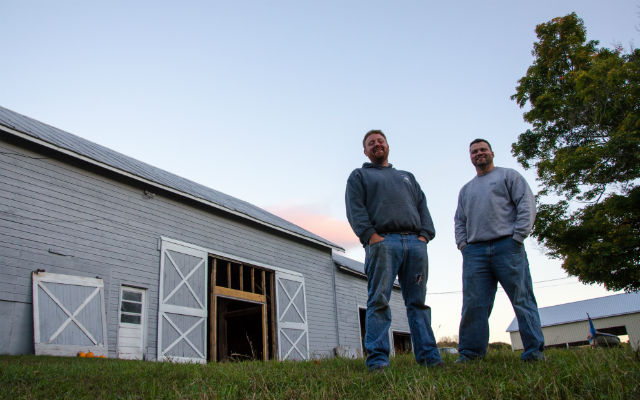
With 5,000-plus choices, it can be hard to figure out what your consumer wants in craft beer. There is an array of not just beer styles to choose to brew that cater to various tastes and occasions, there is also feel, look and culture that come from an independent brewer and its facility.
Taprooms alone can have various vibes. So can offering food and being a brewpub. Some craft brewers can see an advantage in production brewing and letting the liquid speak for itself.
“Production drives most of our business, but the taproom really helps with customer awareness and quicker cash flow,” said Fargo Brewing‘s Aaron Hill, quoting that 58 percent of the brewery’s production sales come within the metro area of Fargo, North Dakota with about 70 percent of sales coming from the brewery’s top four distributors, which are all closest to the home market.
New Jersey is more densely populated than the Dakotas, and state laws dictate to what Carton Brewing can do, said Augie Carton.
“New Jersey has very hard lines regarding what a self distributing production brewery can do in a tasting room,” he said. “For example, we cannot serve food, or give tastings without a tour, so a small tasting room at a small brewery in the dead center of a small town isn’t going to generate significant cash.”
But Carton admitted that the tasting room opens consumers to a world of styles, or even non-styles that the brewery can offer.
It’s mission is to “be off the beaten craft,” he said and his facility looks to make mostly beers that aren’t only “out of category.”
“They [the beer] often suffers from attempted categorization so we use our tasting room as a way to reach out to the people that matter most, our community, and explain each beers concept and execution,” Carton said.
Austin, Texas’ Jester King Brewery sells most of its beer out of the taproom and has a relatively small amount of distribution.
“We like having customers visit our brewery for the on-site experience,” explained co-founder Jeffrey Stuffings, “and to attain a higher margin on our sales.”
New York’s Sloop Brewing choose to be a production brewery after changing plans a few times between opening a brewpub or just making beer. Now about 95 percent of the brewery’s volume is for off-site sales, but co-founder Adam Watson added a tasting room is “a nice thing to have.”
“Even with the best research your still making assumptions,” he said about the plans heading into opening. “I would say that there wasn’t any major changes, just a realization of how things would actually operate across all aspects of the business.”
So has it worked?
“We feel we have connected with enough people in our community, area and region to keep doing the strange little things we do,” Carton said.


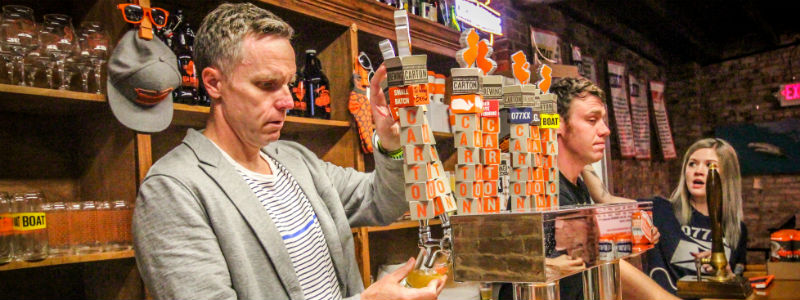

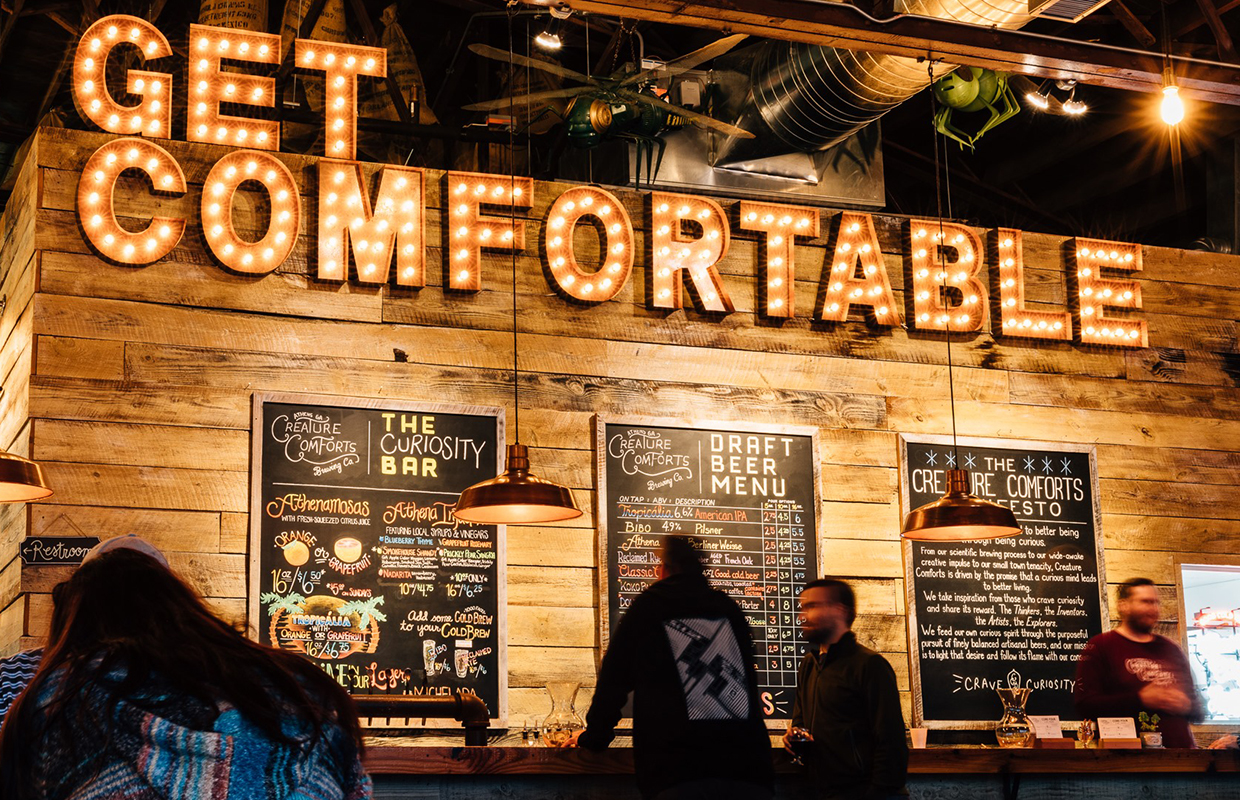
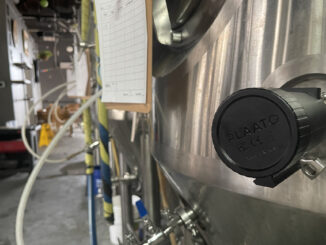
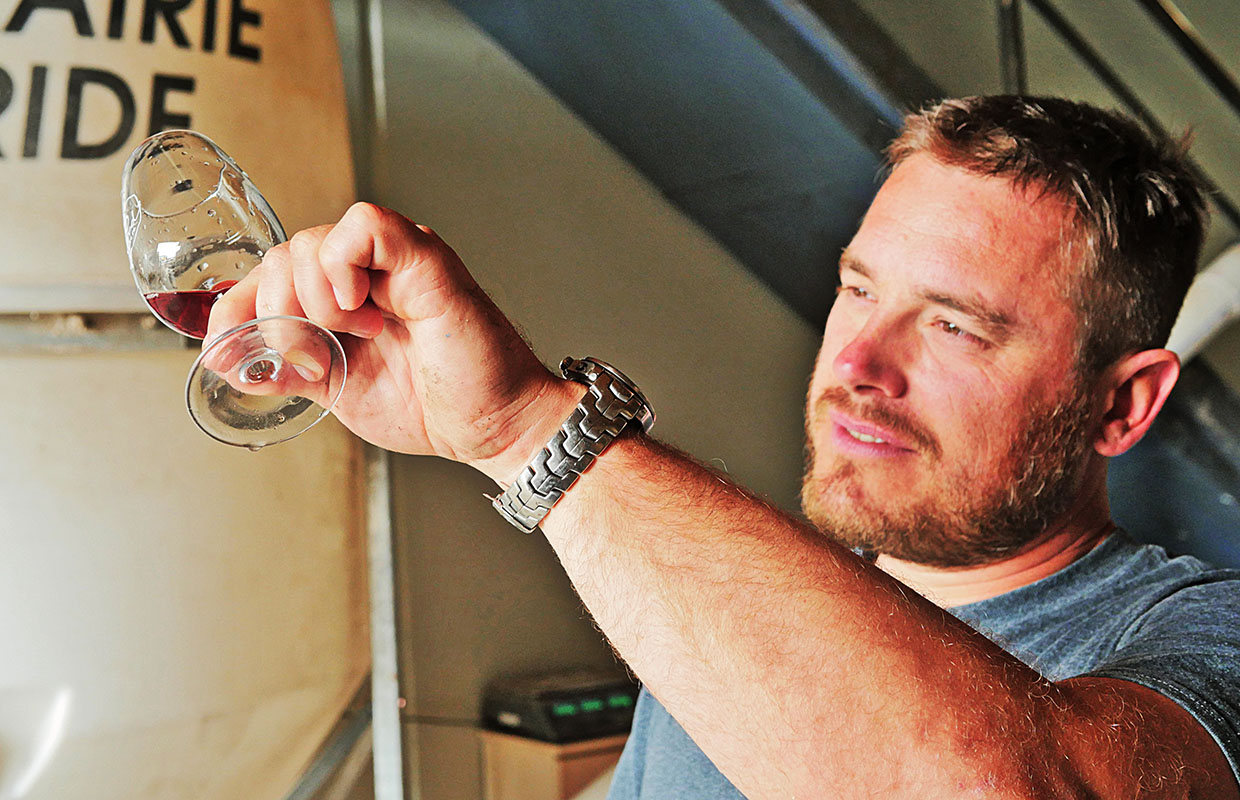
Be the first to comment